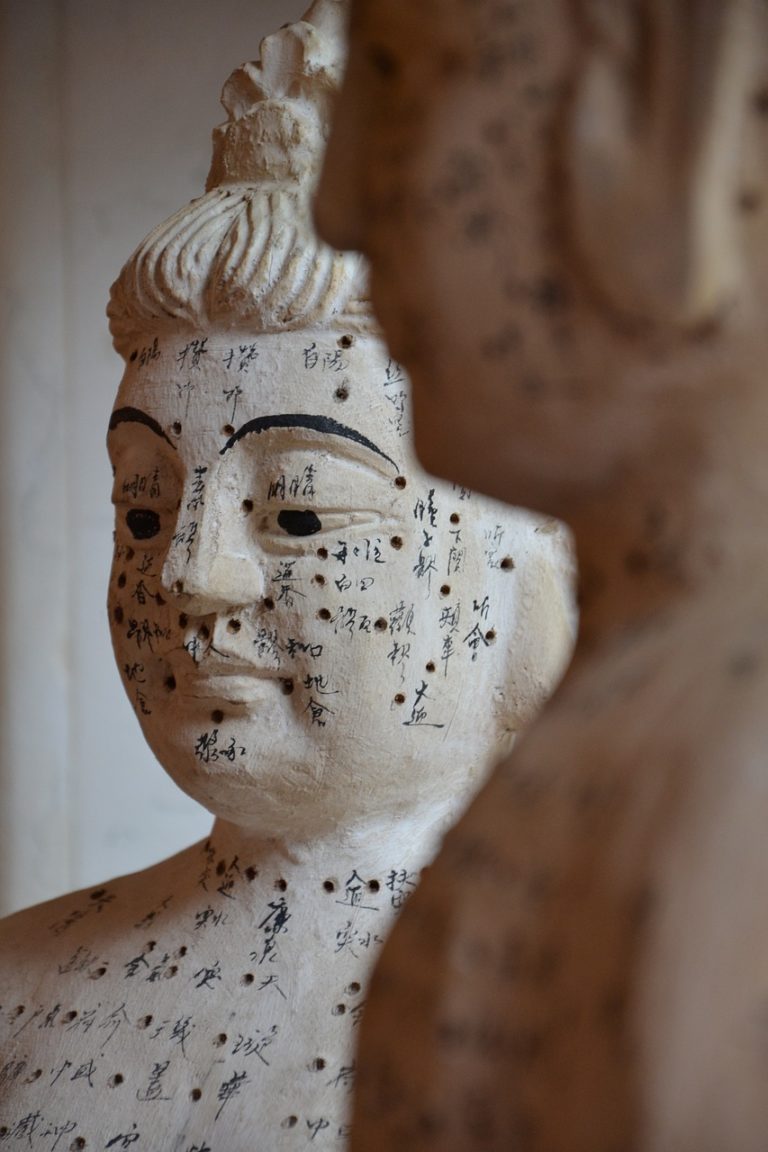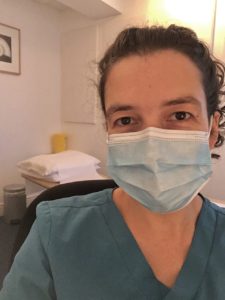The Theory of Acupuncture
Acupuncture is a Chinese form of medicine which dates back over 2000 years. The theory is based around the energetic lifeforce, called “Qi”, (pronounced “chee”) that runs through our body. If Qi is not flowing as smoothly as it should, or if it is excessive or deficient, imbalances develop which can lead to disease.
Acupuncture is the practice of using very fine needles to manipulate the Qi so that it flows in the way that is best for the body, redressing imbalances and bringing the patient back towards health. Chinese medicine views the systems in the body very differently to conventional medicine, and understands that physical and mental well-being are deeply connected. As a holistic therapy, it takes into account the health of the whole body and mind.

The Treatment
During our initial appointment I will consult you about your symptoms in order to build a full diagnostic picture. This appointment will be longer than subsequent sessions so that we have time to discuss everything thoroughly, whilst still leaving time for the treatment.
The treatment itself will take place with you lying down on the treatment couch and I will talk you through it as we go along. The sensation of the needles is very mild, sometimes described as a gentle pulling or warm sensation. I will encourage you to relax during this time, to enjoy the calming nature of the treatment. With life as busy as it is, I love giving people the chance to stop and do nothing – just lie down and have a rest. Patients really benefit from this opportunity for stillness.
Feedback is important for my understanding of how you are responding to the treatment. We can also discuss lifestyle and diet changes that might enhance the treatment.
Safety during Covid 19
To keep my patients as safe as possible during the pandemic, I wear a medical grade mask and surgical scrubs. Between patients I air the room thoroughly and sanitise the couch with antibacterial cleaner. I also take regular precautionary lateral flow tests.

